Sigma A 85 mm f/1.4 DG HSM
3. Build quality
The photo below emphasizes how big the tested Sigma really is – we positioned it between the Canon EF 85 mm f/1.8 USM and the Sigma A 35 mm f/1.4 DG HSM.
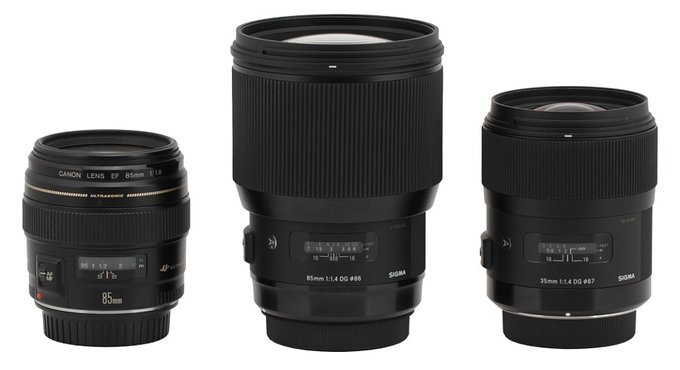 |
Please Support UsIf you enjoy our reviews and articles, and you want us to continue our work please, support our website by donating through PayPal. The funds are going to be used for paying our editorial team, renting servers, and equipping our testing studio; only that way we will be able to continue providing you interesting content for free. |
- - - - - - - - - - - - - - - - - - - - - - - - - - - - - - - - - - - - - - - - - - - - - - - -
If you look at the rear part of the lens you see it starts with a metal mount which surrounds contacts and a rear element, 32 mm. The element moves, being on the same level as the contacts at infinity and hiding inside the inner tube almost 2 cm deep when you pass to the minimum focusing distance.
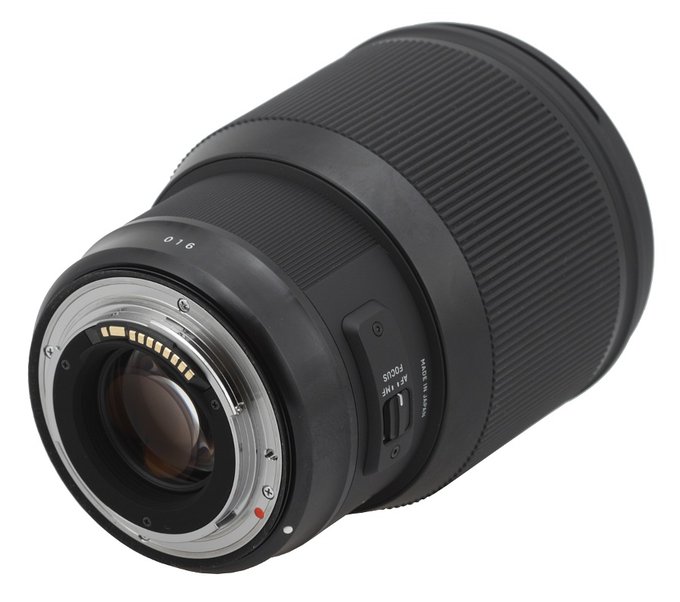 |
The inner tube is nicely blackened, matted and ribbed but a slit is formed between it and the rear element through which you can glance the interior of the lens; it would be difficult to say that you deal here with a sealed construction.
The proper body of the lens starts with a smooth, black, metal ring with a white dot making an alignment with a camera easier and an inscription ‘016’. Further on you see the name and the parameters of the lens and above them there is a distance scale behind a window, expressed in feet and meters. Below the scale you get a depth of field scale but only with marks at f/8 and f/16 so moderately useful. On the left side of the scale you see the “A” letter which means the lens belongs to the “Art” line-up, an inscription “MADE IN JAPAN” and a focusing mechanism mode switch (AF/MF).
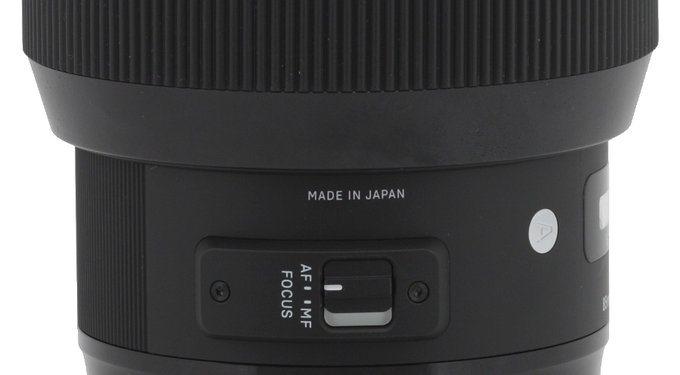 |
A huge manual focus ring, as wide as 66 mm, is the next part of the lens. Most of its surface is covered by comfortable rubber ribbing. The ring moves smoothly and is well damped – running through the whole distance scale needs a turn through an angle of 120-130 degrees. It is a sensible value for an autofocus device but we admit that a bit bigger angle would be needed for really precise manual settings.
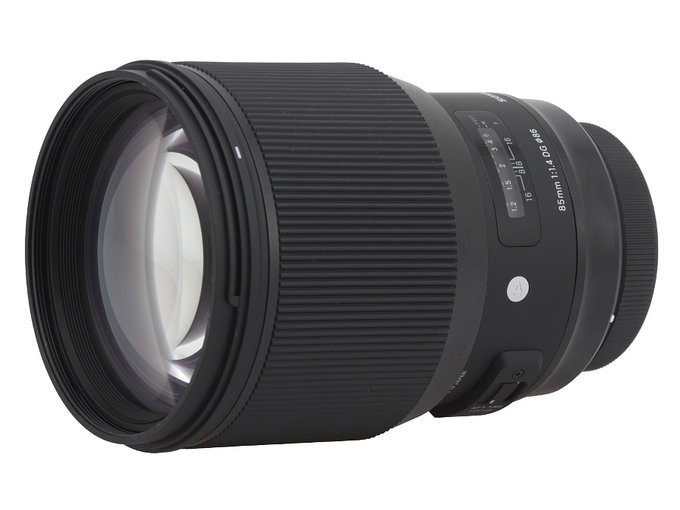 |
Right behind the manual focus ring there is a hood mount. It goes round a non-rotating filter thread, as big as 86 mm in diameter, and that thread surrounds the front element which is 74 mm in diameter.
The Sigma optical construction diagram is really impressive for a 85 mm lens – just glance at the drawing below.
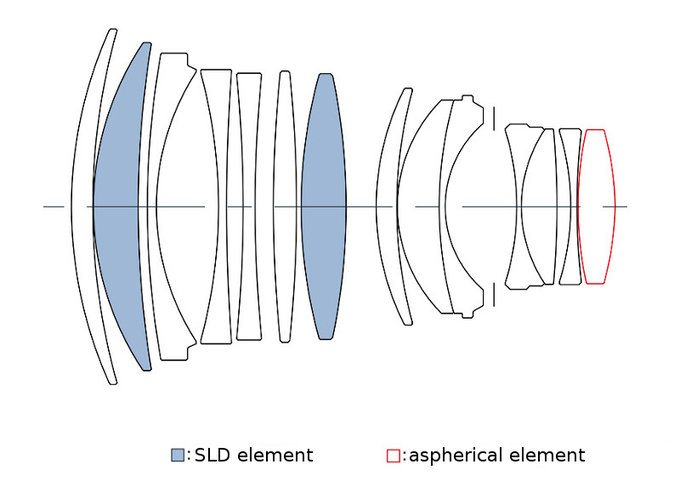 |
Buyers get both caps, a petal-type hood and a hard case in the box along with the lens.
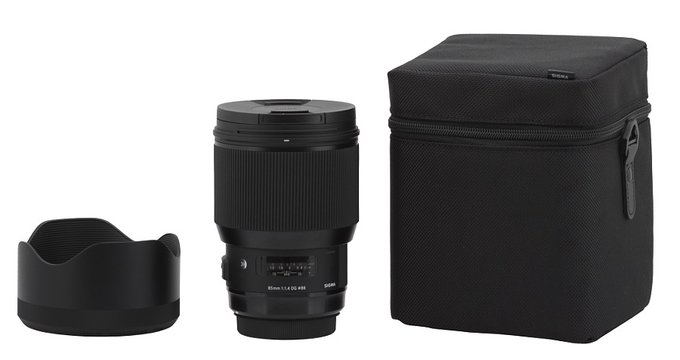 |






